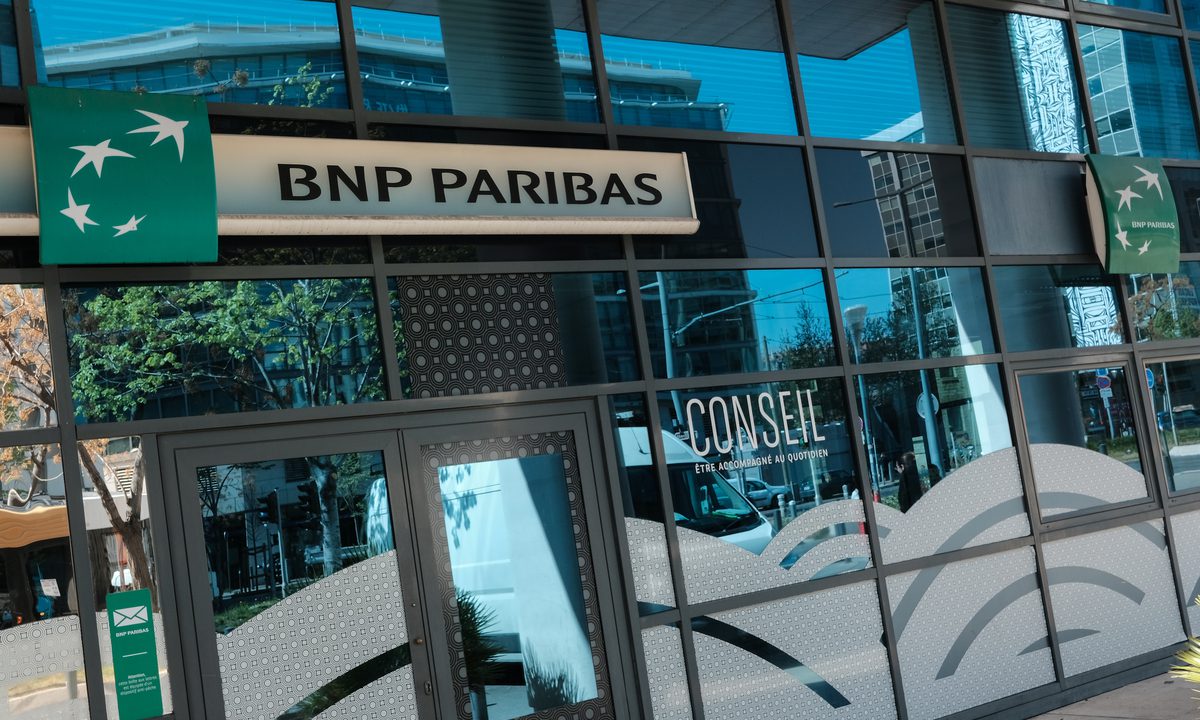Global banks start targeting a new breed of real estate risk
At some of the world’s biggest banks, loans to commercial real estate face new litmus tests that promise to shape the sector’s access to financing.
At issue is the carbon emissions of buildings and the expected cost of upgrades needed to stay on the right side of new green regulations.
The European Union (EU) just passed its Energy Performance of Buildings Directive (EPBD), which forms part of a growing array of net-zero regulations. And too-big-to-fail banks are starting to react.
BNP Paribas SA, the EU’s largest bank, now targets cuts that could be as deep as 41% of the emissions intensity of its commercial real estate (CRE) portfolio through 2030. Others, including Banco Santander SA, Barclays Plc, ING Groep NV and NatWest Group Plc, have either already taken – or are exploring – similar measures.
The development marks a new frontier in how banks handle the risks in their loan books.
CRE portfolios, already battered by higher interest rates and volatile post-pandemic occupancy rates, are now emerging as a fresh headache for banks whose books are overloaded with old properties badly in need of investments to meet new green requirements.
Roxana Isaiu, chief product officer at environmental, social and governance data and benchmarking provider GRESB, says her firm has recently started meeting with bankers eager to navigate new green requirements for buildings. “The signals from the regulators are clear,” said Isaiu, who has so far focused mostly on equity investors.
While the EU’s rollout of EPBD is likely to play out over several years, it’s already clear that buildings that fall behind risk turning into stranded assets that can no longer be sold or rented. The EU estimates that about 85% of buildings in the bloc were built before 2000, with 75% of these having a “poor energy performance.”
The risks vary from country to country, with the Netherlands standing out as an example of a place whose commercial real estate is more energy efficient than most, according to Isaiu.
But even there, one-third of the market doesn’t meet the energy performance certificate level of C, which is a minimum requirement that’s been in place since the start of 2023, she said.
And European initiatives to help tackle the issue are “coming much slower than anybody would have expected,” Isaiu said.
Banks that find they’re saddled with CRE assets that are too costly to retrofit may turn to private markets to offload such risk.
There’s also evidence that some banks are starting to explore so-called synthetic securitisations that shield them from the potentially higher capital costs associated with emissions, by transferring that risk to outside investors.
Unlike private equity or private credit investors, banks often have less access to relevant energy-performance data for their CRE portfolios, making it harder for them to manage such risks.
The commercial real estate sector’s ability to keep up with the planned transition to a lower-carbon economy is “heavily reliant” on retrofitting the existing building stock, BNP said.
For the roughly 80% of existing buildings that are expected to be around in 2050, there needs to be a “significant acceleration in renovations,” the bank said.
That has implications for the kinds of loans BNP is willing to provide, and the types of bond underwriting it takes on.
For example, the bank now says its origination desks will include climate impact as “a decision criterion” before providing debt financing for CRE.
BNP, which ranks as the world’s biggest underwriter of green bonds, says it’s also exploring ways to increase its share of financing of green assets.
Santander, Spain’s biggest bank, started analysing the emissions risk of its CRE assets last year, and is still figuring out how it might go about decarbonising the portfolio, a spokesperson.
Bloomberg





